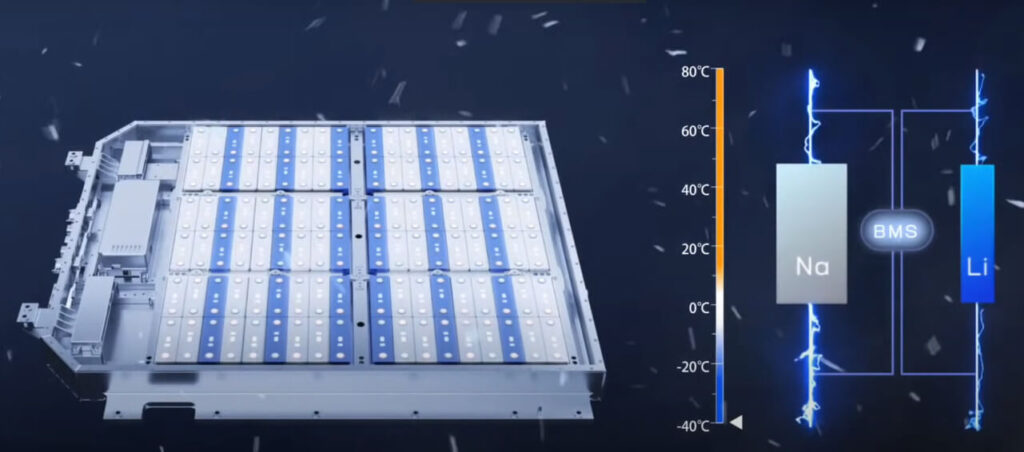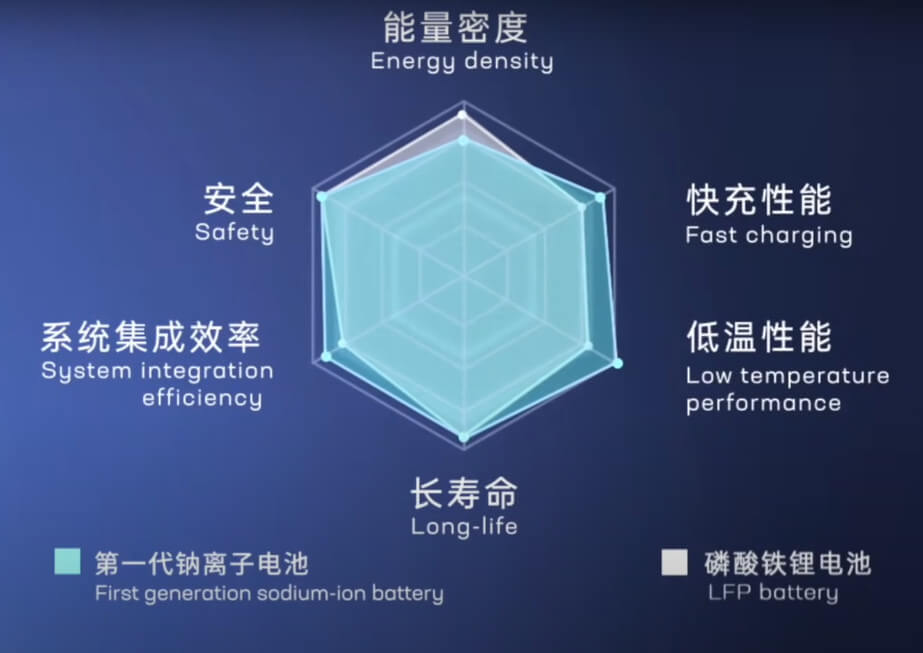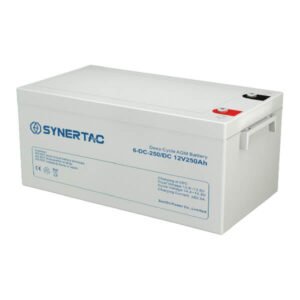BEIJING Time, July 29th, CATL, the first major automotive battery maker has launched its first generation of sodium-ion battery. As a strong competitor to lithium batteries, in the mature lithium battery industry, why did CATL choose to launch a new battery type?
Raw Material Cost
In terms of raw materials, sodium minerals are more widely available and more abundant than lithium.
Lithium minerals are mainly located in 5 countries, Bolivia, Chile, Argentina, US, and China.
Some reports indicate that the supply and consumption of lithium material will reach a balance by 2023. After that, due to the fast-growing EV market, there will be a possible shortage of lithium materials.
Sodium is widely available all over the world. As the 6th most abundant element on the earth, there are huge reserves of sodium. For example, the salt in our seawater contains Na (NaCl).
The current price of sodium metal is $150 per ton, while lithium metal is $5000 per ton. Of course, this is only a comparison of the price of the raw metal, the actual battery cost can be reduced by about 30%.
Low-Temperature Performance
The sodium-ion battery has better low-temperature performance and fast charging performance.
As you know, the performance of Li-ion battery will be significantly reduced below 0℃. It is easy to create metal crystals, which will lead to internal capacity loss or even puncture of the battery separator.
The sodium-ion battery still maintains 90% of its capacity below 0℃, which makes it more suited for applications in extreme weather conditions such as a severe cold.
Faster charge
In terms of charging, the sodium ion battery can reach 80% capacity in 15 minutes, which is suitable for fast charging scenarios such as electric vehicles.
Based on this, CATL also developed an AB battery structure for electric vehicles. It combines sodium and lithium batteries together to achieve complementary advantages.

Similar Production Line
Except for the material difference, the structure and production process of sodium battery is very similar to lithium battery. CATL only needs to change the production line slightly to achieve mass production quickly.
CATL plans to complete the mass production supply chain of sodium batteries by 2023.
The following chart shows the performance comparison of sodium battery and lithium iron phosphate battery in CATL’s launch. It shows the safety and cycle life are similar, but sodium battery is much better in low temperature and fast charging.

Of course, the reality is that apart from the above advantages, sodium battery also has disadvantages.
Lower Energy Density
Theoretically, the energy density of sodium battery is much lower than lithium battery. It’s about half of lithium battery.
The first generation of sodium battery released by CATL has an energy density of 160Wh/kg, which is barely even to lithium iron phosphate battery, while CATL’s NMC battery can reach 300Wh/kg.
Current Cycle Life is actually not as long as lithium battery
The cycle life of sodium battery is around 2000 cycles, while the actual cycle life of the current lithium battery has far exceeded that.
For example, the lithium iron phosphate battery can reach more than 3000 cycles, based on 100% full discharge. In fact, in most scenarios, we do not fully discharge. Under the protection of a good BMS(Battery Management System), the actual cycle life is over 6000 times.
In conclusion, there will not be a total take-over of lithium battery by sodium battery.
In the future, sodium battery could be taken as a complementary solution in the big battery family, such as fast charging, energy storage in cold areas, etc.
And we, as energy storage system providers, will be more than happy to have a lot more appropriate solutions to deliver to our valued clients.
Thank you for reading!






